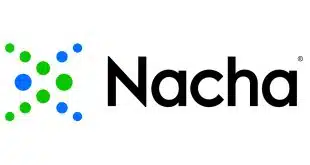Square Inc. on Tuesday pulled back the curtain, at least a little bit, on its Cash App and the related Cash Card, a Visa-branded debit card. The app has 7 million active users, and cardholders spent $90 million using the card in December, good for annualized volume of $1 billion, Square’s top executives told analysts.
The San Francisco-based merchant processor and payment-services provider launched the Cash Card last June, about four years after the Square Cash App debuted as a person-to-person payments service. The company generated enormous publicity last month when it enabled customers to buy and sell Bitcoin using the app.

So far, however, Bitcoin trading has had an “immaterial” effect on Square’s financial results, chief financial officer Sarah Friar said on the company’s fourth-quarter earnings conference call with analysts. But Square is prepared to put more skin in the Bitcoin game, although it did not reveal exactly what’s next.
“We do believe this is a transformational technology for our industry, and we want to learn as quickly as possible,” chief executive Jack Dorsey said on the call.
What is clear is that the Cash Card is now generating interchange revenue for Square when consumers use it at Visa-accepting merchants. The most popular spending venues for cardholders are McDonald’s, Walmart, Uber, and Lyft, Square reported. “They’re using it the way we would expect, and we’re looking to monetize that through interchange,” said Friar.
Square’s experience puts the Cash Card in league with PayPal Holdings Inc.’s Venmo, which also is now usable at PayPal-accepting merchants and thus generating revenues. P2P services so far have found it nearly impossible to persuade consumers to pay fees.
Revenues from Square’s related subscription-based products and services also grew rapidly. They include the Instant Deposit service, for which sellers—Square’s term for merchants—pay 1%, the Caviar food-delivery service that now includes pick-ups, and the Square Capital loan service. In all, subscriptions and services generated $79 million in fourth-quarter revenues, up 97% from a year earlier.
Square’s merchants generated $17.9 billion in gross payment volume in the fourth quarter, up 31% from $13.7 billion a year earlier. GPV for the full year rose 32% to $65.3 billion. Fourth-quarter revenue per transaction was 2.93%, off slightly from 2.94% a year earlier. But transaction-based profit rose to 1.07% from 1.04%.
Large merchants—those with annualized GPV of more than $500,000—continued to gain share in the Square universe, accounting for 20% of total volume versus 16% in 2016’s fourth quarter. The GPV share of mid-size sellers with annual volumes of $125,000 to $500,000 remained unchanged at 27%. Sellers with annual volumes of under $125,000, Square’s original franchise, generated 53% of GPV, down from 57% at the end of 2016.
Square’s net revenues increased 36% in the fourth quarter to $616 million from $452 million a year earlier. The company posted a $16 million loss as it continued to spend on building its business, flat with the third quarter and slightly more than $15 million in 2016’s final quarter.





